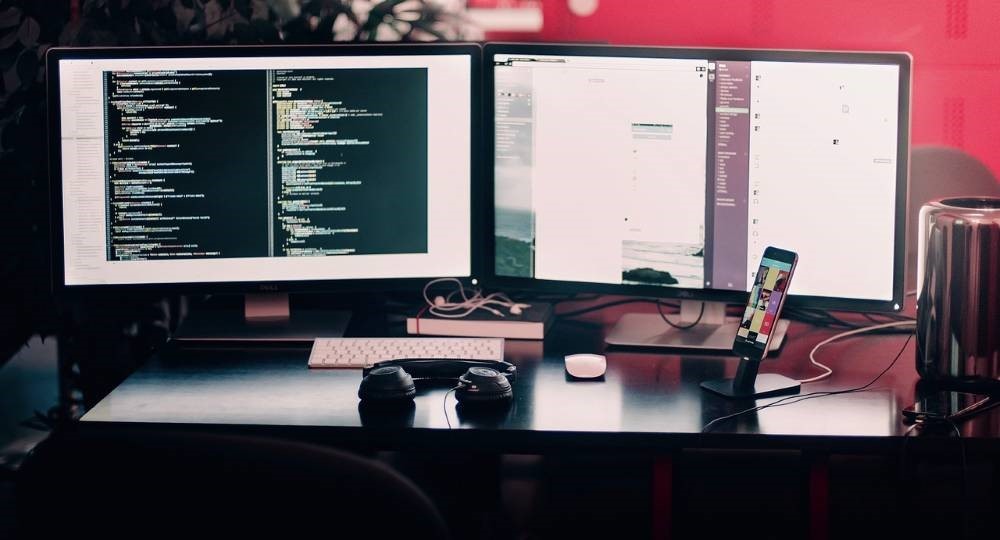
Getting Started with IoT Development
There has never been a better time to get started as an Internet of Things developer! According to a recent report provided by Gartner, there will be more than 20 billion IoT devices by 2020. That's an increase of over 240% in comparison with 2017, and since the industry is booming, companies need more developers who are able to build the hardware and the software which will ensure that new IoT devices are built and operate properly.
Let's start with the hardware part. Often, this is done by an engineer who is specialized in electronics. Still, if you plan to become a skilled IoT developer, you should be able to build simple projects from the ground up on your own, by making use of already existing boards and sensors.
During the first stage of the project, the developer creates code that is able to read the data which is provided by the sensor(s) and sent to the IoT device. Then, once that the data reading part is completed, the programmer will take care of the code which communicates with the server. Depending on the actual project, there may be a need for some user interface code, which will display the required data for the end-users.

IoT devices utilize data that is provided by various sensors. So, any person who wants to become an Internet of Things developer must have a clear understanding of the different sensors which may be used in various applications: temperature sensors, proximity sensors, optical sensors, environmental monitoring sensors, and so on. It is essential to understand how each type of sensor works, and what type of output data it will provide.
Then, it is a good idea to learn one of the most popular, and yet easy to comprehend programming languages, such as Python or JavaScript. Of course, the more coding languages you know, the greater your chances of landing a great IoT developer job.
It's time to put what you've learned into practice! There are several projects that you can try to replicate, learn from, and then tweak. You could get started by purchasing an inexpensive Raspberry Pi computer, for example. Then, search the web for articles that will teach you how to build IoT projects that utilize a GPS, can measure temperature and humidity, allow you to build a web server, and so on. Here's a page that contains several examples which should help you get started.
By now, you should have a small, and yet impressive portfolio of IoT projects that you have built on your own. The only thing that could ruin them would be a terrible user interface. So, it may be useful to learn how to build commercial quality user interfaces, which will help provide a great end-user experience.
Finally, find an IoT community where you can get involved, asking for and providing help whenever there is a need for it. Discover a few active Internet of Things forums, create accounts at each one of them, and then play your part, helping beginners and learning from the masters.
Programming is a constantly evolving job. The code that you are writing today may be useless next year, so be sure to stay up-to-date with the latest IoT developments.